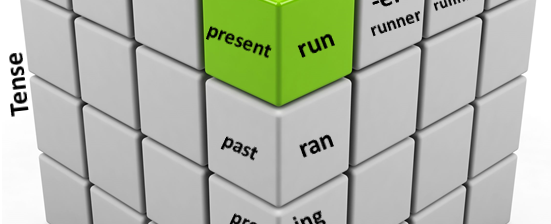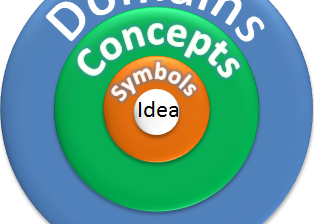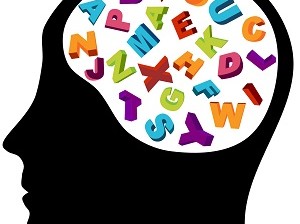Category Archives: Communication
08 May Three-Dimensional Model of Language

Topographical maps of concepts in a text provide useful views of language. Fortuna et al in Semantic Knowledge Management (pp. 155-169) describe how three-dimensional topic maps can both give meaningful insights into clusters of related content, such as news stories or published papers. I have frequently stressed the importance of concept associations in the brain, in cognitive […]
07 May Pairs of Language Strata

The Paired Model By pairing language strata, we attempt to find or describe symmetrical structures in language, thus helping clarify one of the most abstract phenomena known to man: verbal communication. This pairing of characteristics is also useful in decomposing the problem into smaller chunks to make it easier for computers to deal with. A note […]
05 May Learning from Errors

If at first you don’t succeed, try – try again. Humans are pretty good at learning from our mistakes. In fact, some suggest that whatever doesn’t kill you makes you stronger. Today I’d like to riff on that theme a bit, and talk about ways in which machines can implement learning from errors. Error Minimization […]
29 Apr The Multiple Meanings of Polysemy

Polysemy and Constraints Perhaps the most difficult task in Natural Language (NL) understanding is the resolution of polysemy or multiple meanings. Many words in every language do not exhibit polysemy and require no disambiguation. Most words, however, can be interpreted in at least a few different ways. This makes disambiguating NL text a non-trivial task. Each different meaning and shade […]
26 Apr Continuity of Learning

Production and Comprehension We know that comprehension and language production occur in different areas of the brain and occupy opposite ends of the continuum in the communicative model. The relative independence of the production and comprehension centers suggests one of three possibilities: Syntactic and lexical data are replicated in both the production and comprehension centers of […]








